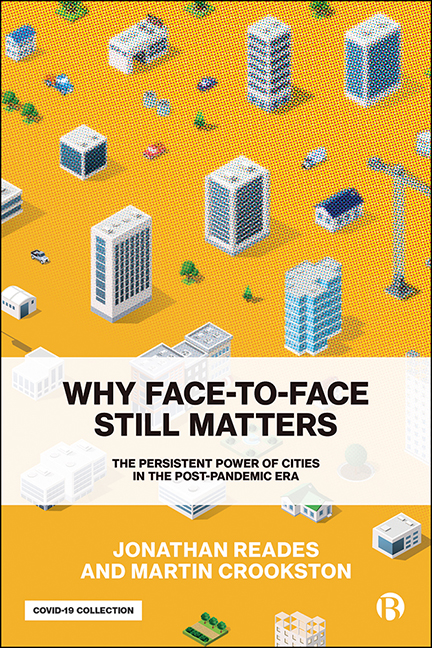2 - Moving Stuff Around
Published online by Cambridge University Press: 04 January 2022
Summary
The technology is important because without it, there would be nothing. Yet what is really crucial, as before in history, is not the basic infrastructure, but what that infrastructure enables.
Peter Hall, Cities in Civilization, 1998Life on the network
If the 21st century has a dominant metaphor, it is the network. Network ways of thinking now pervade science to an extraordinary extent: it is how brain researchers envision our grey matter, how public health officials think about the spread of Ebola or COVID-19, how ecologists think about ecosystems, how we think about computers and devices, as well as how we think about society itself. Of course, in popular culture ‘networking’ used to mean little more than having after-work drinks but, thanks to the rise of always-on, internet-enabled devices and the social media that they have enabled, we can now – at the click of a button – search our own social networks for long-lost friends (Facebook) or someone able to make a key business introduction (LinkedIn), or stay abreast of breaking news (Twitter).
But there is not just one network for moving ‘stuff’ around, there are many: air, rail, road, sewerage and power, not to mention fixed and mobile … These overlapping, complementary and competing systems form the substrate upon which economic life grows but, as it grows, the infrastructure responds: strengthening links here, pruning them there. When was the last time it struck you how miraculous it is that you can check local traffic before you get up from the breakfast table, use real-time services to time your departure from the house so that you arrive at the bus stop just before the airport express service arrives, pass through a toll plaza as if you have a magic wand, and then fly anywhere in the world, with your primary concern – pre-coronavirus – being the length of the queue to have your passport checked?
We are adjusting very quickly to devices and services that would have seemed miraculous even 20 years ago. But let's take a step back from the radical and ongoing changes to what we carry in our pockets and purses. Have a look out the window and chances are that you will be staring at some kind of network for moving physical ‘stuff’ – people or products – around.
Information
- Type
- Chapter
- Information
- Why Face-to-Face Still MattersThe Persistent Power of Cities in the Post-Pandemic Era, pp. 9 - 36Publisher: Bristol University PressPrint publication year: 2021
